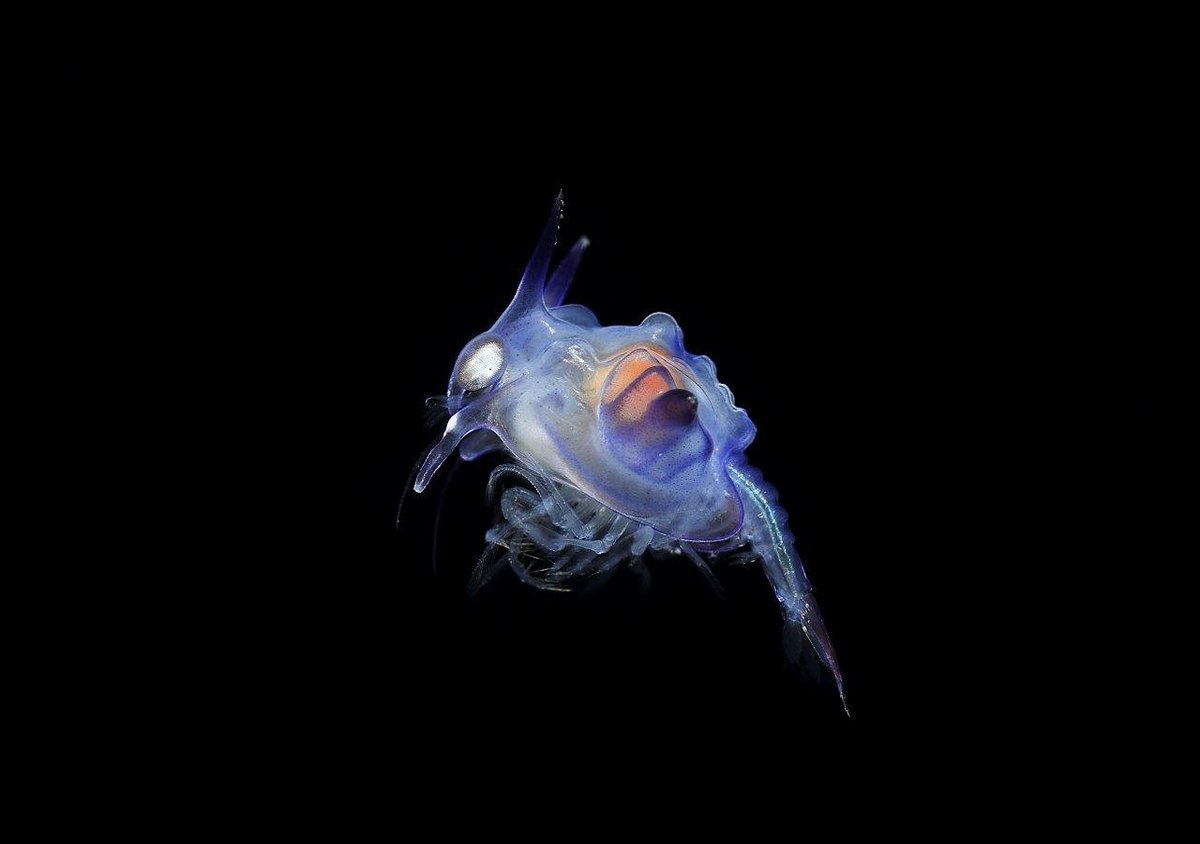
Canon EOS 5D Mark IV, EF100mm f/2.8 Macro USM, ISO 50, f/11, 1/250 sec
When I first tested the Canon EOS 5D Mark IV underwater, I was immediately surprised by Canon’s bold decision to close the gap between this enthusiast DSLR and its flagship professional EOS 1D X Mark II.
The EOS 5D Mark IV’s 30.4-megapixel full-frame sensor showed significant improvements over its predecessor’s in both resolution and dynamic range. It managed to capture the detailed textures of marine animals, produce more pleasing sunbursts, and render beautifully natural shades of colour. The impressive resolution allowed me to crop some images heavily, and the results satisfied even an obsessive pixel-peeper like me.
During blackwater dives, photographing incredibly tiny, fast-moving, and mostly transparent subjects is usually a little too challenging for most cameras. However, my EOS 5D Mark IV, equipped with a 100mm macro lens, was easily able to lock focus on these miniscule subjects without hesitation.
And if you’re unlucky enough to lock focus on, say, the wrong body part of a super-macro critter, the EOS 5D Mark IV has a new trick up its sleeves called Dual Pixel RAW, which allows you to make fine post-processing adjustments to the focus of a photograph after it’s been captured. Want to shift the focus a fraction of a millimetre from one portion of a crustacean’s compound eye to another? With Dual Pixel RAW images taken with the EOS 5D Mark IV, even this is possible.

Canon EOS 5D Mark IV , EF100mm f/2.8L Macro IS USM, ISO 100, f/18, 1/250 sec
Receive the latest update on photography news, tips and tricks.
Be part of the SNAPSHOT Community.
Sign Up Now!


































